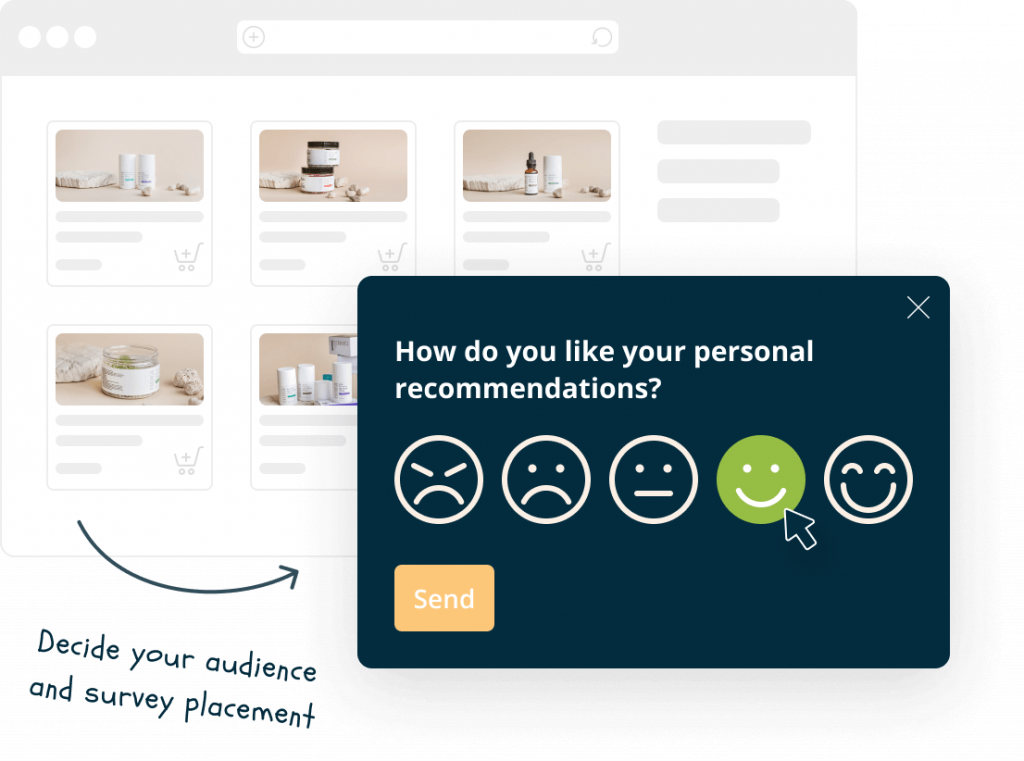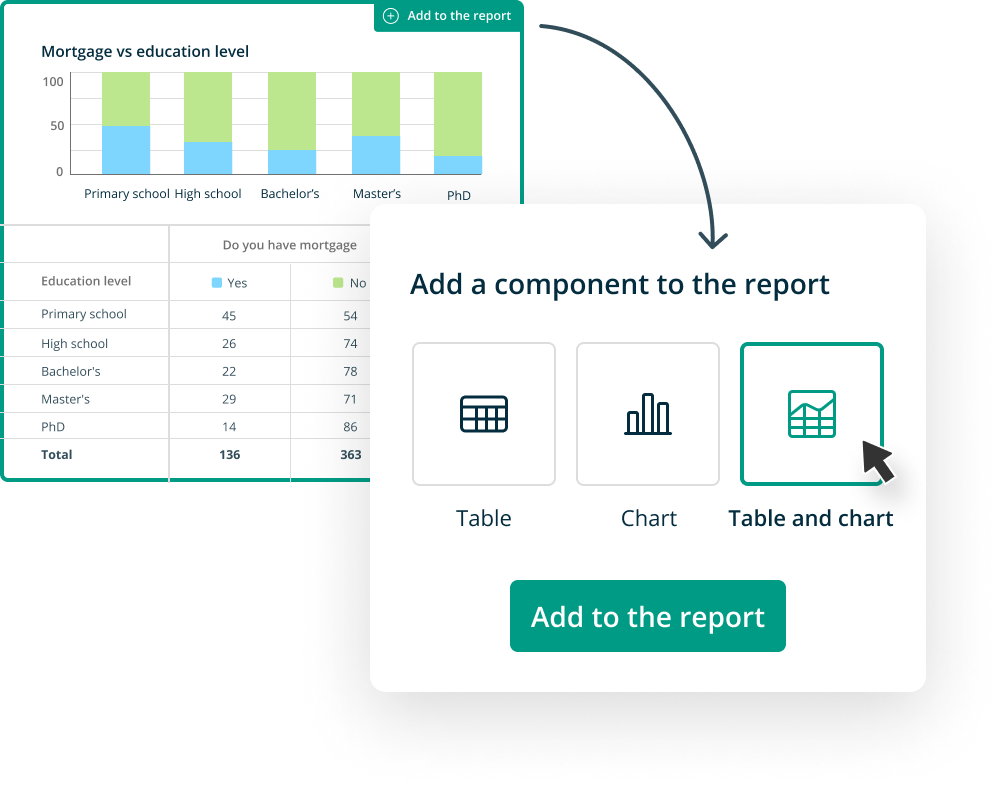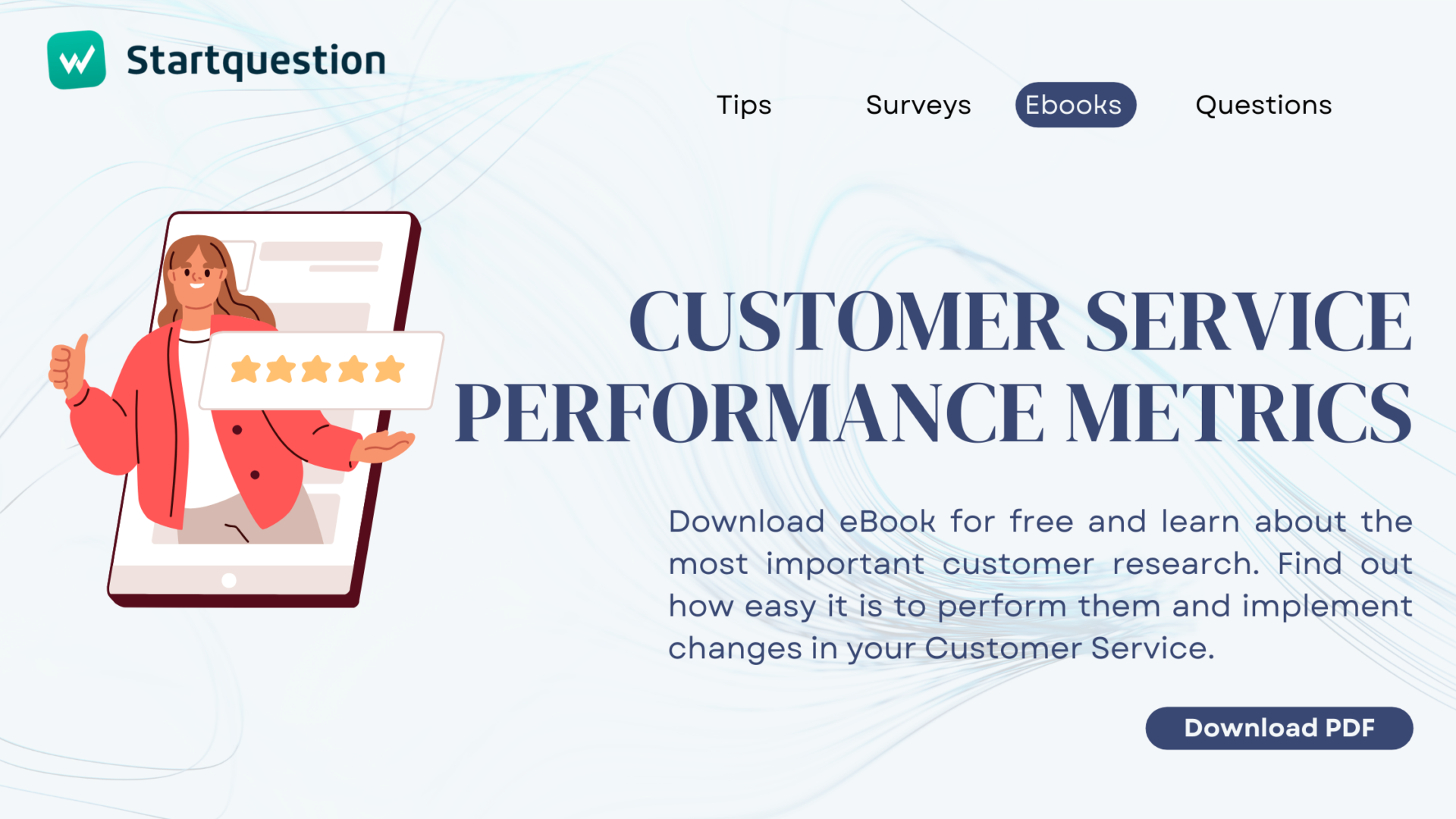5 Best Practices for Effective Customer Feedback Management
Collecting customer feedback about your product or service can seriously affect your business growth. But gathering clients’ voices is only the first step in customer feedback management. From this article, you will learn about the next ones. We’ve also prepared a list of handy tools and customer feedback management best practices.
What is Customer Feedback Management?
Let me start by presenting the Customer Feedback Management definition. CFM is the process of acquiring, integrating, and using customers feedback. Opinions come from many communication channels. They are collected, integrated, and analyzed. Gathering feedback in one place makes it easier to manage customers’ voices and implement changes necessary to improve the quality of the company’s products or services.
Why Customer Feedback is Important?
Customer satisfaction is the basis of any company’s profits. How can you find out if the buyers are satisfied? Just ask them about it. Customer feedback allows companies to understand the perspective of their clients. It is also a unique material for further analysis. Answering customers’ needs are always the right path to increase incomes.
Here are some of the numbers that prove the importance of collecting customer feedback:
- According to the PricewaterhouseCoopers research, 59% of U.S. customers will walk away after several bad experiences with the brand. 17% will do it after one accident. Worldwide it’s a higher number. 32% of unhappy customers decide to leave the brand after its first mistake. On the other hand, satisfied customers are willing to pay up to 16% for products and services of a company that takes care of them.
- Listening to negative feedback is a must. Due to the Forbes studies, a brand needs twelve positive experiences to repair damage caused by a single one. What is more, customers in the U.S. will tell about bad experiences with a brand to sixteen people. If satisfied, they will inform only nine colleagues or family members.
- Happy customers are willing to pay more. Harvard Business Review highlights that when clients enjoy positive experiences, they may spend 140% more than those who had poor experiences with a company in the past.

Gather feedback to understand your customers’ needs.
5 Best Practices for Effective Customer Feedback Management
We already know what customer feedback is and why it is necessary to listen to the clients. Now I would like to present to you our five proven recommendations, that will help you in effective customer feedback management.
Define Objectives
There are plenty of reasons to collect customer feedback. Some companies do so to measure clients’ loyalty or satisfaction. Others are willing to find out customers ’churn causes or understand their weakest sides compared to the competition.
It’s just a sample of customer feedback purposes.
Start your work by setting goals. Take some time to answer the following questions. What kind of information you’d like to gather? What do you want to do with customer feedback? How to make the most of clients’ opinions for your business?
With defined objectives, you may optimize the process of gathering information.
Design the Feedback Process to Match your Objectives
The next step is to determine the optimal process for collecting feedback.
Consider how your organization gathers customer feedback using additional channels such as LinkedIn message automation where appropriate and assess the various ways their voices reach the company. Most companies collect customer feedback from:
- support team (customer complaints)
- social media comments
- platforms for customer input (Zendesk, Salesforce, Intercom, etc.)
- client’s direct contact with a salesperson
- product team (if they are testing new solutions on existing customers)
- customer relationship management tools (CRM)
- online surveys & market research
- comments about their products on the web
This step in the process requires information flow consolidation. Determine the method of combining the obtained feedback. Explain who will be responsible for it? Who is the process owner? Communication within the organization is a must. Don’t tell salespeople or customer service staff that it’s just another duty.
Explain what benefits collecting feedback can bring to the whole organization.
Collect Feedback
After determining the purpose and form of data collection, it’s time to gather customer feedback. If you do it daily, the key to success will be getting feedback from multiple channels to one place for further analysis of actionable insights.
Due to the scale of the organization, you can do it manually or use dedicated programs or automation. In Startquestion, we use Shipright for that purpose. If you are familiar with Zapier, you will find a lot of automation there, allowing you to group, send and share with your colleagues’ feedback collected by online surveys.
Ensure that the feedback from multiple channels comes in the aggregate results. Don’t be afraid of receiving both good and bad feedback. It’s always nice to get positive feedback. However, negative feedback from unhappy customers can bring much more positive changes to your company.
Ready? Time to figure out what to do after collecting customer feedback.
Categorize Results
Let’s make use of the previous steps. Are you wondering how to organize customer feedback? It depends on the number of answers you’ve received. However, regardless of the scale of the research, it will be much easier to do it with automation tools, not manually.
Professional survey software enables you to categorize gathered feedback with the help of solutions such as filters, tables, charts, and rankings. You can sort the obtained answers transparently and conveniently. At this stage, you can screen out incorrect answers. As a result, you will select the best feedback for further analysis.
Use Your Feedback
Let me start by explaining what is a customer feedback report.
In brief, it’s a way of presenting collected information in a way that highlights priorities and the most important data. With a good report, you may:
- See summary results
- Observe trends
- Drew more advanced conclusions
- Create rankings
- Conduct sentiment analysis
And much more.
To analyze customer feedback, make the report available to all dissidents engaged in the process. Draw conclusions concentrate on answering customers’ needs and get the most of the collected data for your organization.
Useful Customer Feedback Management Tools
Time to choose an optimal customer feedback management solution for your needs. There is plenty of software or CRM with Marketing Automation that could make your everyday tasks concerning gathering and analyzing clients’ voices easier. We’ve decided to show you three popular solutions. In each paragraph, we added more tools that do quite the same and may be useful for you.
Online Survey Software
Professional online survey software can help you with nearly all of the activities related to above mentioned best practices concerning effective customer feedback management.

Automate your tasks to get the most from customers’ feedback.
We’d like to introduce to you Startquestion, an easy-to-use survey creator. With our platform, you may prepare questionnaires (or try some of the ready examples), distribute them via a link, email, or web popups, and then – collect, report and analyze data. It’s got an intuitive interface and lots of reporting features, that make further analysis easier, such as:
- Possibility to filter and segment results
- Browsing for individual responses
- Possibility to create cross tables to look for hidden patterns
- Survey data automated aggregation in real-time
Survey tools like Startquestion, you may conduct a lot of customer experience studies to gain insights and actionable feedback concerning each touchpoint of the customer journey, such as Customer Effort Score (CES), Net Promoter Score (NPS, which measures the level of loyal customers), Customer Satisfaction Surveys, Customer Complaints, Customer Satisfaction Score (CSAT), Customer Expectations, Product Feedback, or Customer Churn (a great way for customer retention).
All kinds of personalized reports may be generated and downloaded quickly with one click. They are easy to export and share with colleagues.
Try one of the best customer survey tools for free!
Start trial period without any credit card or subscription and easily gather customer feedback via link, social media, email, and more.
No credit card required · Cancel any time · GDRP Compilant
Other recommended survey software includes SurveyMonkey, Qualtrics, Typeform, Survicate, Survio, or SurveyLab.
Google Tools
“If you are good at something, never do it for free”.
Remember that Joker quotation from The Dark Knight? Well, it’s not always true. You can quite successfully collect and manage customer feedback using programs provided by Google. It’s not as automated as in dedicated software, but still gives you all a lot of tools.
- Collect customer feedback with Google Forms
- Send them to Google Sheets to categorize & analyze results
- Share the results with your colleagues using Google Mail
You can do the same if you’re a Microsoft heavy user.
Customer Messaging Platforms
One more solution we’d like to tell about is customer feedback management platforms.
We’ve already mentioned Shipright, a useful tool to track opinions about products in one place. Another interesting and popular messaging platform for customer feedback is Intercom. Real-time messaging, chatbots or rich insights are a set of features that helps collect and organize information from clients for further analysis. If you are looking for tools to improve communications with users and customers you should also consider push notification tools, such as Truepush.
Other recommended survey software includes Zendesk, HubSpot, UserEngage, Crisp, Drift, or Freshchat. You may of course try to gather customer feedback with popular communicators like Slack, Discord, or Messenger.
How to Thank Customers for Their Feedback
The response rate determines the success of each test. The higher it is, the more relevant the results are. Customers spend their time answering our questions. There are at least several proven examples of how to thank customers for their unsolicited feedback. It will show them our appreciation and encourage them to participate in future feedback surveys.
- Tangible rewards – all kinds of rewards that have financial values, such as vouchers or discount coupons, ebooks or audiobooks, free access to paid content, online courses, or webinars.
- Intangible rewards – contrary to the above mentioned, such rewards have no inherent monetary value. These types of acknowledgments provide a sense of influence, satisfy curiosity, or give a sense of uniqueness when only a selected group of customers (focus groups) is invited to take part in a study.
No matter, how you are going to respond to customer interviews, praise them for an outstanding job. It is also a good idea to share your survey results with respondents. Remember about personalized responses.

Use questions like NPS to gather necessary insights from your clients.
Customer Feedback Management – Key Takeaways:
Building customer-centric culture and listening to customer feedback matters now more than ever. Here’s what you may do to establish an efficient customer feedback strategy, and make the most of your clients’ voice for your business:
- Understand what kind of feedback you desire the most
- Create a process for collecting those voices from the market
- Collect feedback and categorize it
- Analyze data to fully understand clients’ views and trends
- Use information gathered to make your organization thrive
And finally, choose the best customer feedback management software to make your tasks as automated and professional as possible. Increase customer satisfaction using qualitative feedback, because customer success is a key factor of your business growth.




